There Is Nothing Left to Say On The Invisibles
2.10
Non-Causal Time
by Travis Hedge Coke

Captain Hook, James Bond, and Miles Delacourt are Eton alumni. “The hardest bastards to kill,” and all chased around by the clocks.
I think the 1943 degaussed rotation of the USS Eldridge into invisibility, into “lost souls” who will periodically “go blank” or “go bland,” as Carlos Allende will call it, is a story and a thing which happened, because story happens. Stories is always happening.
I think Sir Miles Delacourt, in 1965, whether he did or did not cut off the hand of Beryl Wyndham, did cut and paste his own hand, to make the Hand of Glory. If he did not, he did it later.
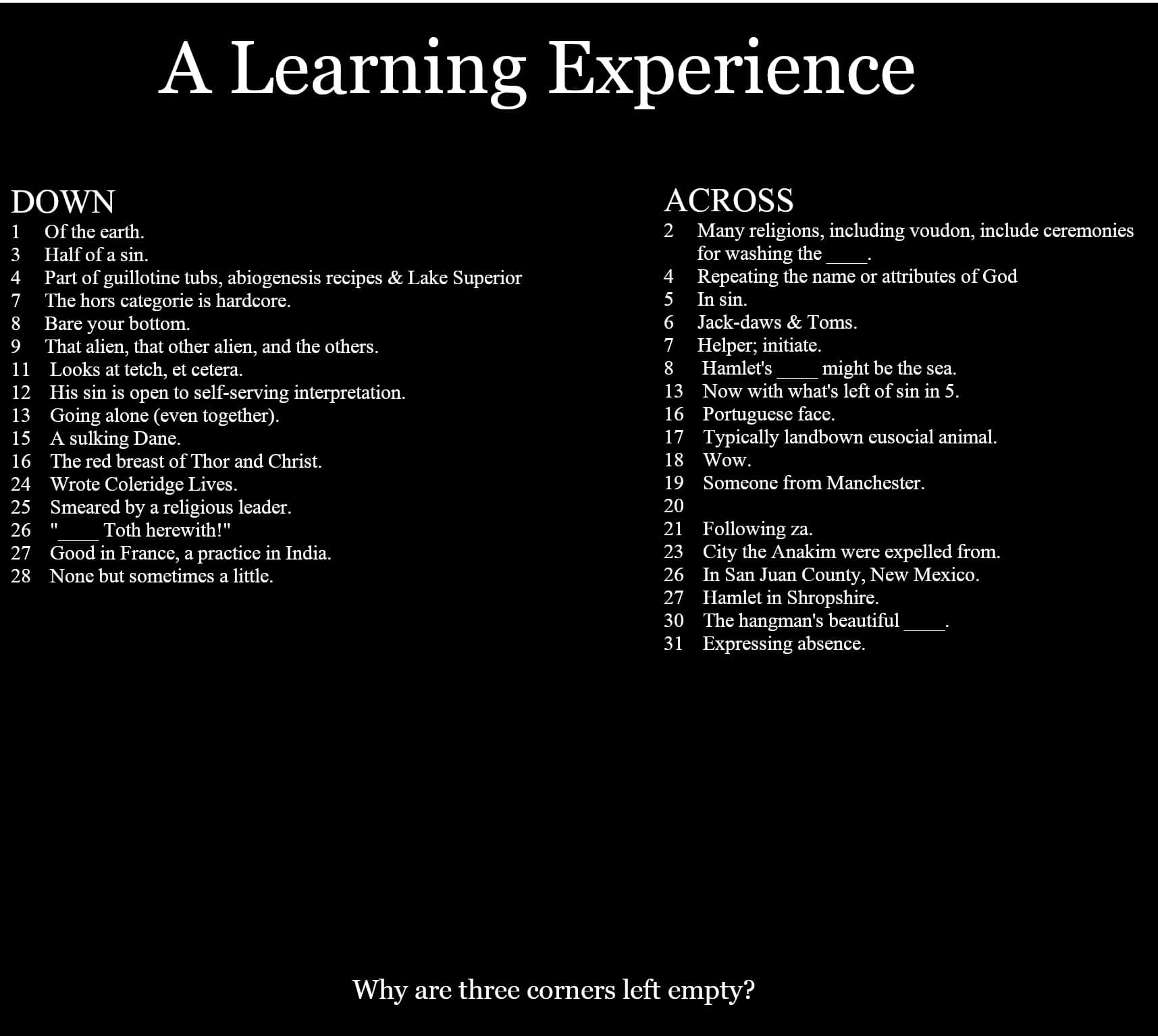
I think that, in a dream that might be hypnosis, Jack Frost, the sometime Dane McGowan, cooked the Hand of Glory from a green rubber glove, not unlike the predestined one which features in the revival of Twin Peaks called, The Return, airing nearly two decades after The Invisibles finished serialization.
I think a single, obvious thing.
I think Edith Manning experienced a miscarriage.
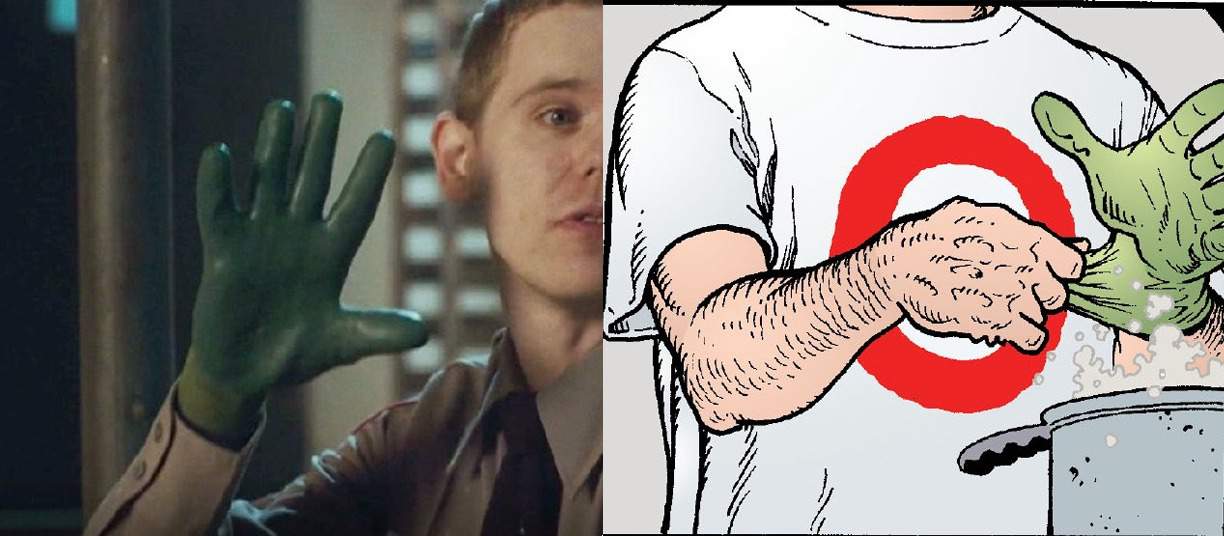
I think, “What was your face before you were born?” is a key of logical fallacies in the face of timeless time and our been being/being been.
I think Edith Manning and Ragged Robin are the same person as you.
I think, in the context of The Invisibles.
I think it is pretty when successive lines create a smooth slope of their ends.
I think while Edith Manning and Miles Delacourt are real in that they are ideas, but their blood is fictive. It is not even paper and ink blood, except when it is shown in paper and ink. It is only shown in paper and ink, or light on screen, concept in thought.
I like it when formats break, too.
I think a single, obvious thing.
A hand of glory is the hand of someone executed for crime, traditionally murder, and traditionally the left hand. What crime would Beryl Wyndham have been killed for (unless it is Tom O’Bedlam specifically holding something against her, which… vile vile vile)? What kind of gallows would a living room be, right in front of the television set?
Delacourt condemned himself, not her. He killed himself and he hung on the gallows, it just took (heil and noose) time.
The orgy of the insect people is Edie and Gideon anointing the loop. Liquid stone. Brick of a comic. Pore over.
Filter.
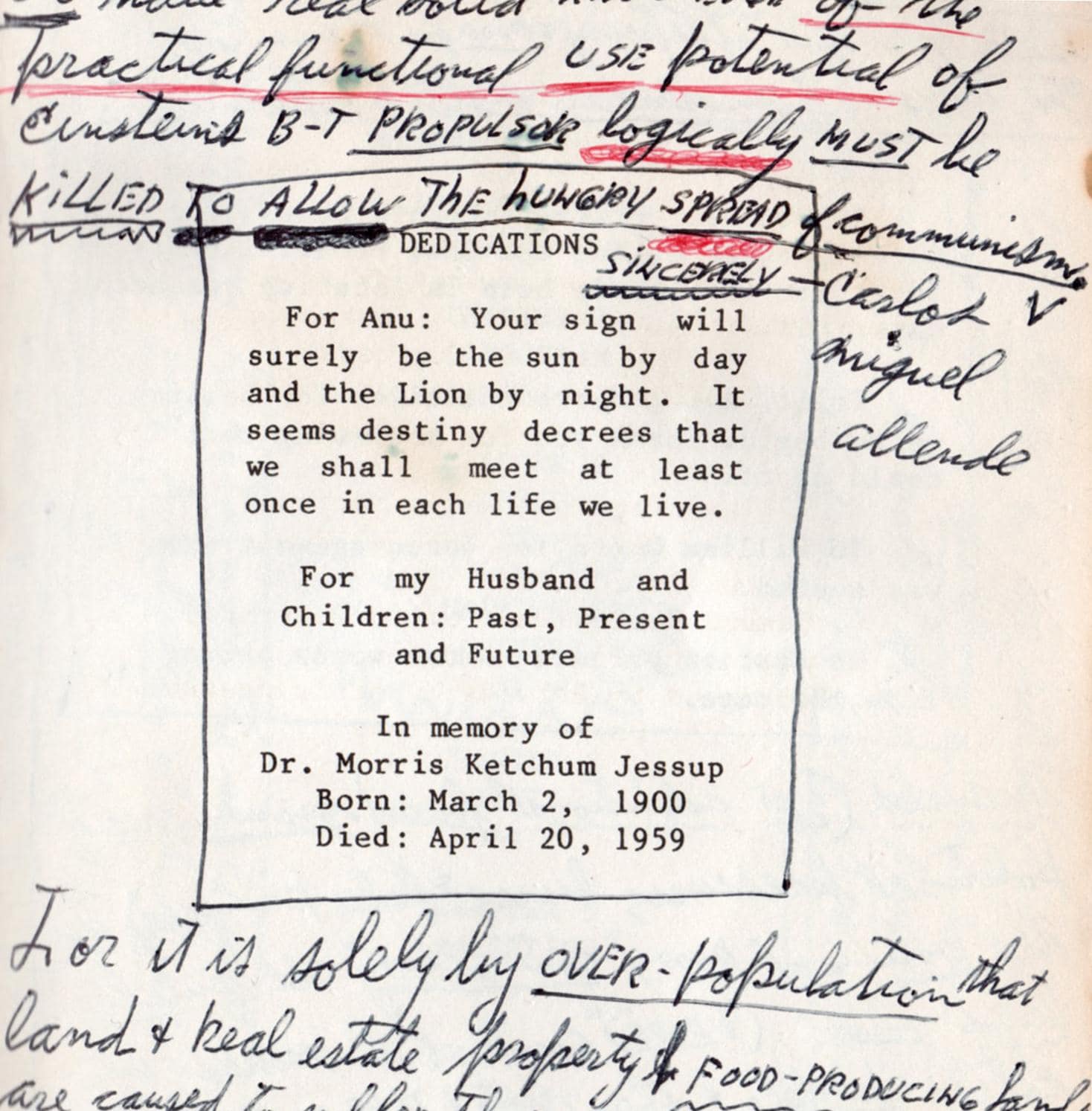
Carlos Allende, who adopted that name, a prankster or revealer, said of the Philadelphia Experiment, that thing which is said to have happened to the USS Eldridge, that it was spurred from experimentation with a unified field theory which would be kept from us until “after World War Three,” because scientists, like Albert Einstein, learned from it some kind of Vicoesque acts to history. All the wheels have to be turning for an engine to work, but an in-story engine only needs to be implied that it does.
The story of the USS Eldridge, Carl Allen, aka Carlos Allende, said years later, was designed to, “Scare the hell out of,” a man who had written a book on UFOs. That man, later, either committed suicide after extensive injuries from an automotive accident, or was killed.
“Who put Bella down the wych elm?”
Carl Allen’s espoused reason for scaring the author of a UFOlogy paperback?
“Then I feared invisibility… I don’t now.”
There is a woman or women who will support you and care for you.
In the tradition coming out of ancient Greek thought, time exists as chronological, meaning sequential measures, seconds, minutes, centuries, and kairological, which is the occurrence of events in their allotted or appropriate time. Kairos is ancient Greek for the moment to let loose an arrow, the moment to take an action. Kairos can be consistent or unique. Chronology ought to be objective.
In the context of The Invisibles, characters act as if time is a solid object, as if time is an interlocking set of pieces, an organism or organ of an organism. Every instance of cut and paste, the echoes, ghosts, and time suits defy all those immutable or outside-time-it-is-a-crystal forms.
Time-outside-crystal is on say-so.
I think change blindness. I say so. Change blindness is when we fail to perceive changes, mostly but not exclusively visually, and even “mostly,” there might be only confirmation bias from anecdotal evidence. Continuity errors between shots in a motion picture. One reproduction of a famed painting compared to another.
There is no time in The Invisibles, only panels in a shared, multi-layered, encapsulating space, which are read, remembered, or go unread in time. That is so, if The Invisibles is the panels, pages, print or electronically reproduced comic. If our ideas are also The Invisibles, our reactions, then we too, and ours, too, are The Invisibles.
The shift in visual artists from story to story, page to page, in The Invisibles, reaches its peak intensity during The Invisible Kingdom, a sometimes maligned jam wherein pencilers and inkers tackled one or two pages before the narrative was handed to someone else, and often without reference to costuming, setting details, to continuity. The Invisible Kingdom butts our change blindness blindness – our inability to gauge our change blindness as a thing happening, to its own cliff’s edge.
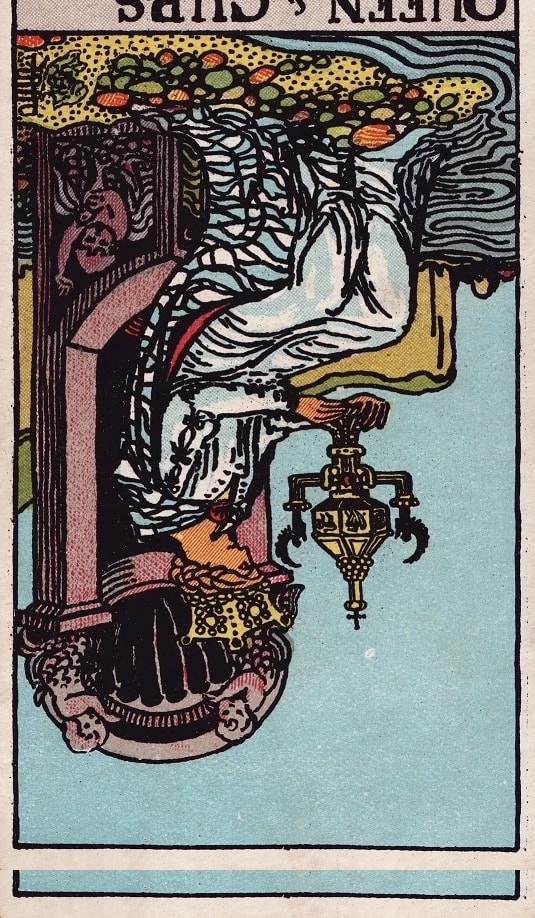
“IT SEEMS QUIXOTICALLY RELIABLE TO HUMANS TO WAIT.”
Get numerological with what Carlos underlined or misspelled. Like Helga said, “Cut and past.”
The Invisibles is a spell to make more Invisibles, and that makes our world part of the simulation and part of the equation. Our hands, like claws, shifting time and space at the touch of a page or pane. Our eye opening or closing on the universe as the lenses of Barbelith widen or narrow like two lines across the circle which is not a circle but a bubble.
There cannot be a vesica piscis with only one curve, but drawing one, somewhere we begin.
The all-green Hand of Glory was cut in 1965. Or, maybe it was fixed in 2012. In 1999 or whenever the comics’ issue was drawn, showing the creation, or earlier, when it was plotted or thought up. The first appearance of the Hand in The Invisibles may be where and when it was formed and made. Made right there. Rightcheer.
1965 is being made in 1999.
The woman who supports and cares for us and moves through time is us. The placenta of the Earth and stars is ours. Or, we provide it.
I think our change blindness blindness needs challenging in time or we lose illusion and in illusion we learn.
Chronology in a comic is developed sometimes a priori, developed of backformations, supposition, scheduling to set up fragments which will jigsaw puzzle their way into a convincing picture when the picture was what the makers wanted all along. No natural order to story events, no organic storytelling or organic progress of events and actions and ideation and opinion. The progress is never air tight, because the tight and the air are just as made up as any of it.
Causality cannot be recorded on the page, panel to panel, only supposition. The art, the words, the size or shape of the panels can imply for us, they can remind us of other instances, of real life or a show we once saw, another comic we have read. We have to suppose the cause and effect, the eventfulness of consequence and the consequences of events.
The child seen when the Hand of Glory is cooking up reality into heavens and boiling it down into the finest point of damnation is not in time or through time, but “made of time.”
In those scenes, Beryl’s left hand is so often obscured. But, sometimes we see both at once, and sometimes her right is off-panel.
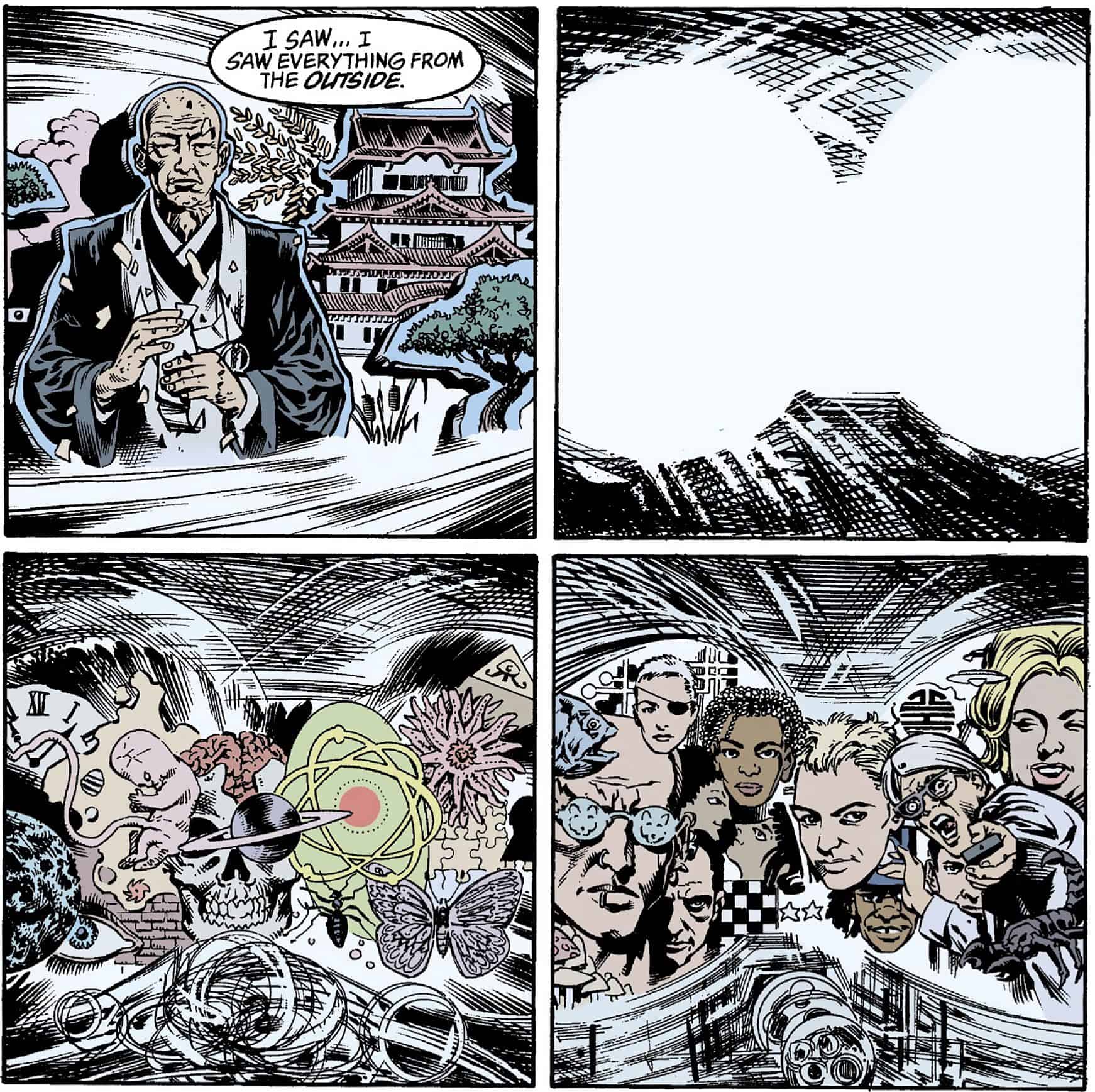
When Ragged Robin returns to 2012 – or arrives at the 2012 of her fanfic narrative – she sees the time monster from the other end, pasteboard cutouts “from the outside” of a story of the creation of the time machine technology, headlights and scoring, placentas eyes clocks butterflies skulls anemone, her friends and allies, in King Mob’s sunglasses are reflected the masks of Quimper but one looks more like a fox and those two heads facing one another to form the illusion of a chalice betwixt them, we do not know them. Her world is split into panels, into fuzz and jagged, into cracked monitors and fire. Confirmed reentry of the phoenix.
In 2012, Robin is injected with the recorded radiation from the Hand of Glory, a detached left hand, in her left hand.
In that 2012’s past, in 2008, Kay who will be called Robin, has already seen it from the outside. “A single, obvious thing.”
There is a butterfly powering something, along with the Hand of Glory, in the final issue of The Invisibles, in 2012 King Mob’s corporate lair. We cannot see the butterfly, for an obscuring word balloon, but we see the shadow and intimate.
Like Jack Frost cooking the Hand of Glory over a turntable, dreams, flashbacks, memories, illusions, hallucinations and happenings all occur on the same pages of The Invisibles, in the same sorts of panels, in the same stories, printed with the same inks or painted with the same lights on an electric screen. In our heads, after they are read, they are all the time, too.
We suppose a scene is a flashback, based on cues and expectations. We suppose a scene is a hallucination or an illusion. Like Jack, we kind of expect to hold the hand of the newscaster to make sure he is true. God has a beard and ten toes and he lives upstairs. Jesus has nails in his feet and hands and it would be nice of us to get them out.
Death is a gardener, right? The woman who supports and cares for us and moves through time is us. “Death needs time for what it kills to grow in,” William Burroughs had it. “She will exactly do that business for you,” says Michel de Montaigne, “Take you no care.” Hugo Simberg’s symbolist painting, The Garden of Death, shows love, care, compassion, as skeletons in black robes prepare, water, and caress cactuses and other flowers.
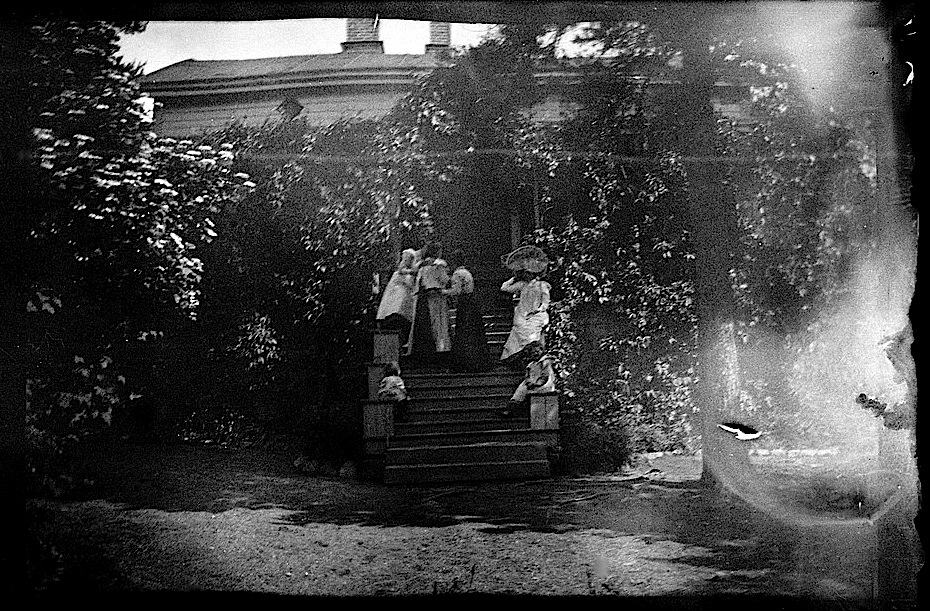
The hand of glory might be a corruption of the mandrake root. We might be a corruption of the mandrake root. That little vegetable person who screams if you pull them out of the earth, or so the story says.
Sticking with what the story says, it is easy to take the Invisibles’ Hand of Glory as our hand, holding the comic, touching our faces, and Barbelith as our eye, looking at the comic from an oblique angle. The origami model of time. The timesuit. The body. The fiction suit. Us and parts of us as we are parts of us.
Jumbles up.
As Helga says before she, Fanny, Jack, and Division X all play with magic, glamour, symbolism and motif to effectively control their circumstances, smooshing times together: “We have the rulebook and the game cheats.”
Helga uses a tarot draw to create the tether of prediction, or fate. Jack elicits his youth and the youth of the world with his delight in bombs as Fanny de-ages herself in a role-play of an eighteen year old with blue eyes available for oral and anal sex.
By dressing, acting, and having their hair Seventies style, Division X are able to disrupt the sense of immediate calendar time. They, in their way, blur the differences between time suits and bodies.
“Okay, mom. I’ll bite.”
– Leslie A. Lamb, My lessons. My life. My legacy. His Story.
By putting myself into a member of Division X or Jack or Helga, am I blurring fiction suits and bodies? I never really have a body if I am Helga or Sir Patrick Crowley, only intimations. Fiction has less details. I am not the author, I did not craft or create these people. Or, did I?
The Crowley of me is not the Crowley of a penciler or writer working on the comic. Kirk Morrison is Gideon Stargrave, is Gideon Starerzewski, is King Mob, is Ronald Tolliver, is Ragged Robin, is Grant Morrison, is the Hood, is the Whip, is the white coat; is not. Helga-me is Helga-me is not Helga-me, not Philip Bond’s Helga or Helga by Grant Morrison.
Maybe, let us say, Helga-me comes out with the outside the comic me. If outside the comic people put her there, in the comic, they put her outside the comic out of me. As Helga says before she, Fanny, Jack, and Division X all play with magic, glamour, symbolism and motif to effectively control their circumstances, smooshing times together: “I hate the waiting.”
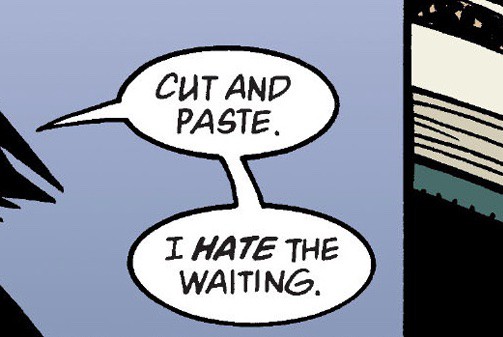
*******
NEXT: What Does Trance Need With Conflict?
And previously:





